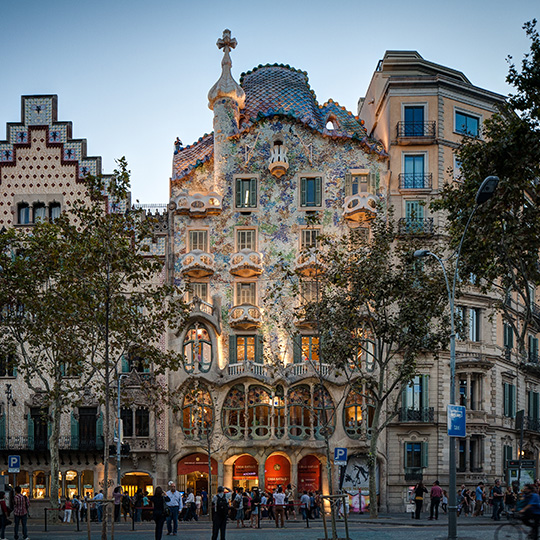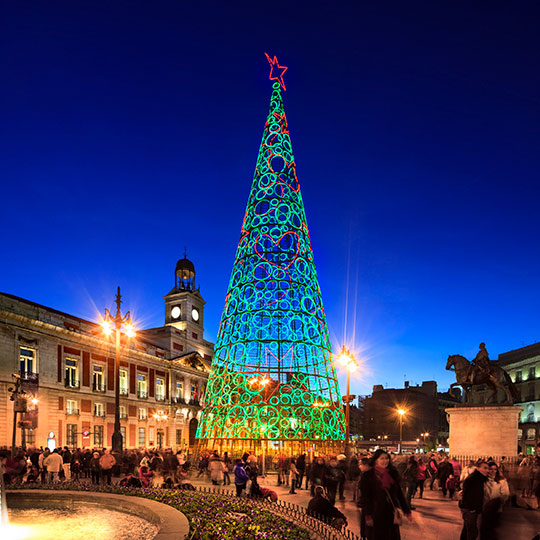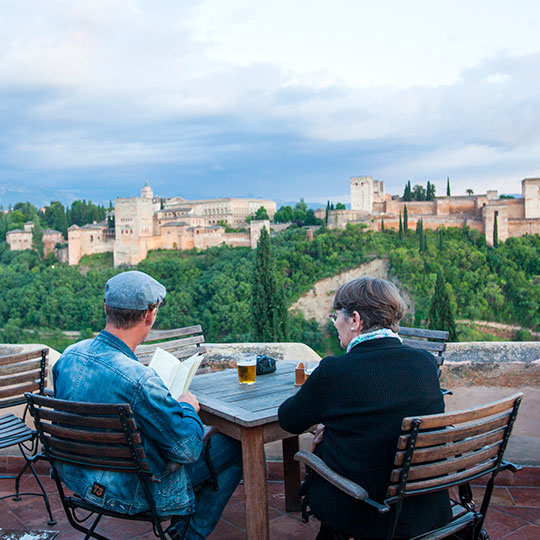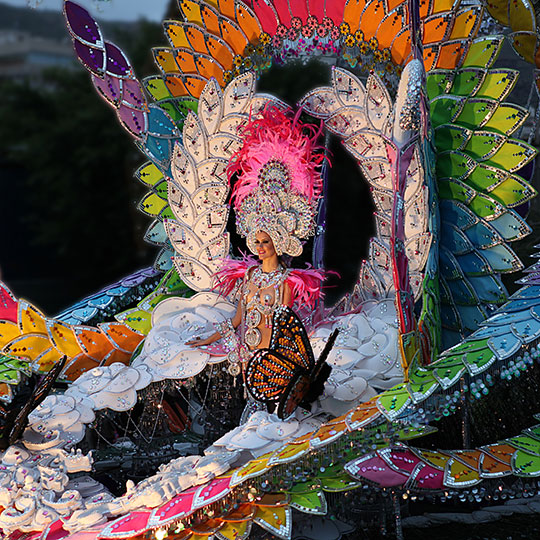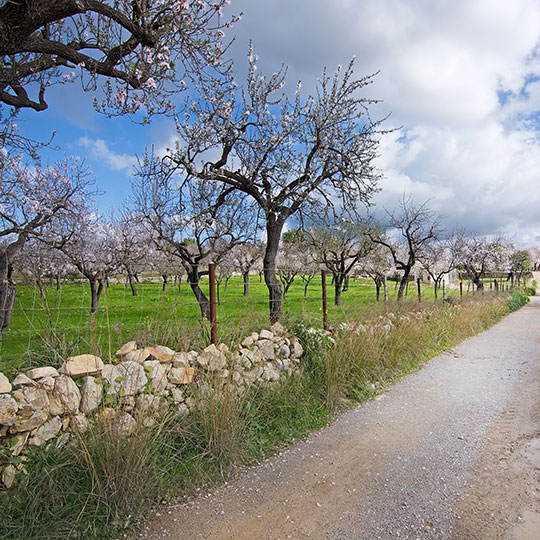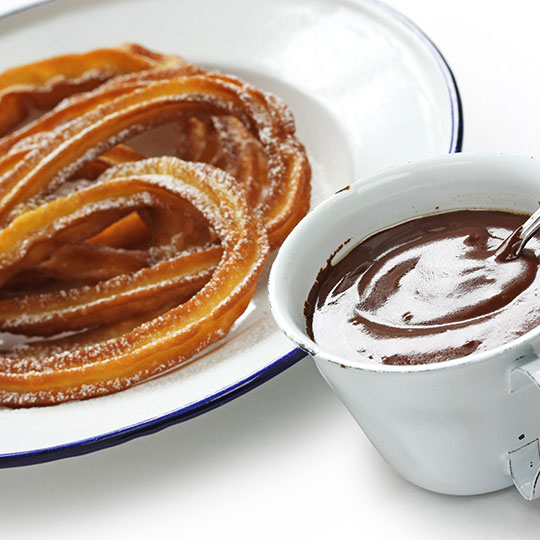Urban tourism in large cities
The calendar of big cities like Madrid, Barcelona, Bilbao, Valencia, Seville and Malaga overflow with options. Escape to one or more of them this winter, and as well as sightseeing you'll find infinite possibilities for entertainment, such as a musical at one of the theatres on Madrid’s Gran Vía, a Barça football match in Barcelona, the latest exhibition at the Guggenheim Museum in Bilbao, an opera at the Palau de les Arts in Valencia, a flamenco show at a “tablao” in Seville, or rediscover the works of Picasso in his birthplace of Malaga with temporary exhibitions at the Picasso Museum. All these cities have international airports and most of them have high-speed train connections.
